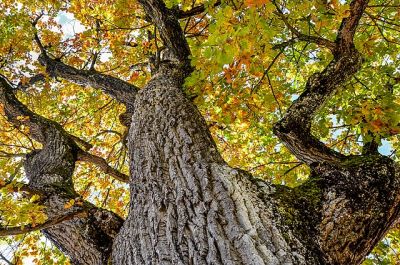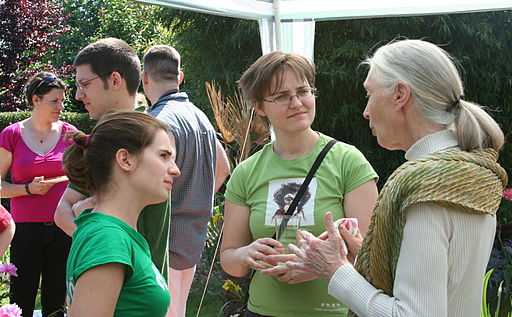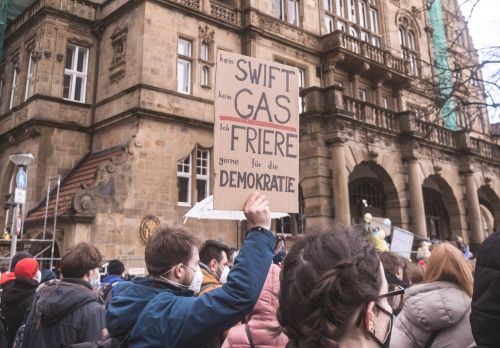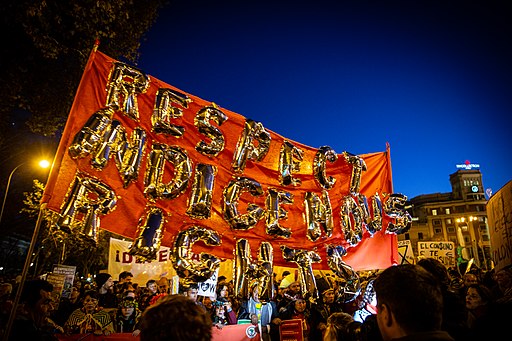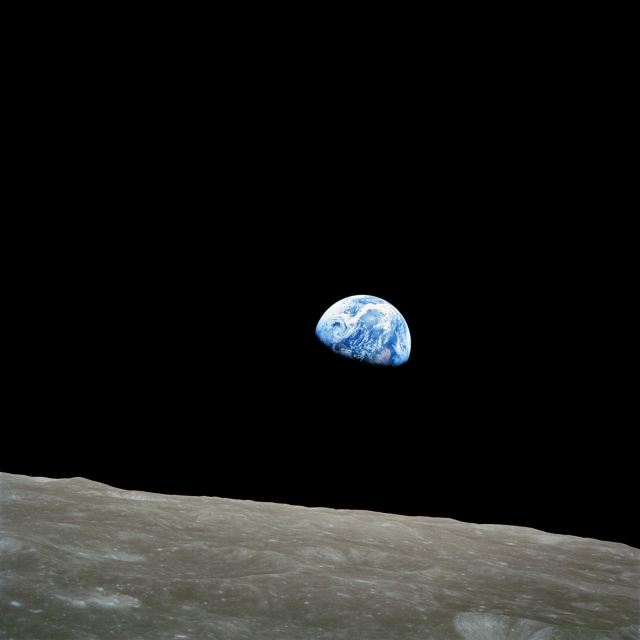
New England is known for its unpredictable weather, but thankfully it’s blue skies today here in Boston on Earth Day. Celebrations and activities are happening around the globe. Here’s an excerpt from today’s edition of historian Heather Cox Richardson‘s Substack newsletter Letters from an American which provides some of the background behind the creation of this particular day:
The spark for the first Earth Day was the 1962 publication of marine biologist Rachel Carson’s Silent Spring, which showed the devastating effects of people on nature by documenting the effect of modern pesticides on the natural world. Her exposé of how the popular pesticide DDT was poisoning the food chain in American waters illuminated the dangerous overuse of chemicals and their effect on living organisms, and it caught readers’ attention. Carson’s book sold more than half a million copies in 24 countries.
Democratic president John F. Kennedy asked the President’s Science Advisory Committee to look into Carson’s argument, and the committee vindicated her. Before she died of breast cancer in 1964, Carson noted: “Man’s attitude toward nature is today critically important simply because we have now acquired a fateful power to alter and destroy nature. But man is a part of nature, and his war against nature is inevitably a war against himself? [We are] challenged as mankind has never been challenged before to prove our maturity and our mastery, not of nature, but of ourselves.”
As scientists organized the Environmental Defense Fund, Americans began to pay closer attention to human effects on the environment, especially after three crucial events. First, on December 24, 1968, astronaut William Anders took a color photograph of the Earth rising over the horizon of the moon from outer space during the Apollo 8 mission, powerfully illustrating the beauty and isolation of the globe on which we all live.
Then, over 10 days in January and February 1969, a massive oil spill off the coast of Santa Barbara, California, poured between 80,000 and 100,000 barrels of oil into the Pacific, fouling 35 miles of California beaches and killing seabirds, dolphins, sea lions, and elephant seals. Public outrage ran so high that President Nixon went to Santa Barbara in March to see the cleanup efforts, telling the American public that “the Santa Barbara incident has frankly touched the conscience of the American people.”
And then, in June 1969, the chemical contaminants that had been dumped into Cleveland’s Cuyahoga River caught fire. A dumping ground for local heavy industry, the river had actually burned more than ten times in the previous century, but with increased focus on environmental damage, this time the burning river garnered national attention.
In February 1970, President Nixon sent to Congress a special message “on environmental quality.” “[W]e…have too casually and too long abused our natural environment,” he wrote. “The time has come when we can wait no longer to repair the damage already done, and to establish new criteria to guide us in the future.”
“The tasks that need doing require money, resolve and ingenuity,” Nixon said, “and they are too big to be done by government alone. They call for fundamentally new philosophies of land, air and water use, for stricter regulation, for expanded government action, for greater citizen involvement, and for new programs to ensure that government, industry and individuals all are called on to do their share of the job and to pay their share of the cost.”
Meanwhile, Gaylord Nelson, a Democratic senator from Wisconsin, visited the Santa Barbara oil spill and hoped to turn the same sort of enthusiasm people were bringing to protests against the Vietnam War toward efforts to protect the environment. He announced a teach-in on college campuses, which soon grew into a wider movement across the country. Their “Earth Day,” held on April 22, 1970, brought more than 20 million Americans—10% of the total population of the country at the time—to call for the nation to address the damage caused by 150 years of unregulated industrial development. The movement included members of all political parties, rich Americans and their poorer neighbors, people who lived in the city and those in the country, labor leaders and their employers. It is still one of the largest protests in American history.[2]
In the newsletter, Richardson begins her article by describing an event which illustrates the value a Native American can bring to the preservation of our nation’s natural resources if he or she has been empowered by the government (which has over the centuries has taken so much away from tribal lands). Under the leadership of the Secretary of the Interior Deb Haaland (an enrolled member of the Laguna Pueblo), the Department of the Interior and its Bureau of Land Management conducted a lengthy and detailed process reviewing public land use regulations, and the result is a new Public Lands Rule which “provides tools for the Bureau of Land Management (BLM) to help improve the health and resilience of public lands in the face of a changing climate; conserve important wildlife habitat and intact landscapes; facilitate responsible development; and better recognize unique cultural and natural resources on public lands.” [3]
Nice timing: The new rule was announced last Thursday, April 18, four days before Earth Day. (Of course, opponents to the rule will be challenging it. Stay tuned.)
________________________________________
Sources
[1] Photo by NASA/Bill Anders – Public Domain, https://commons.wikimedia.org/w/index.php?curid=306267
[2] https://heathercoxrichardson.substack.com/p/april-21-2024

